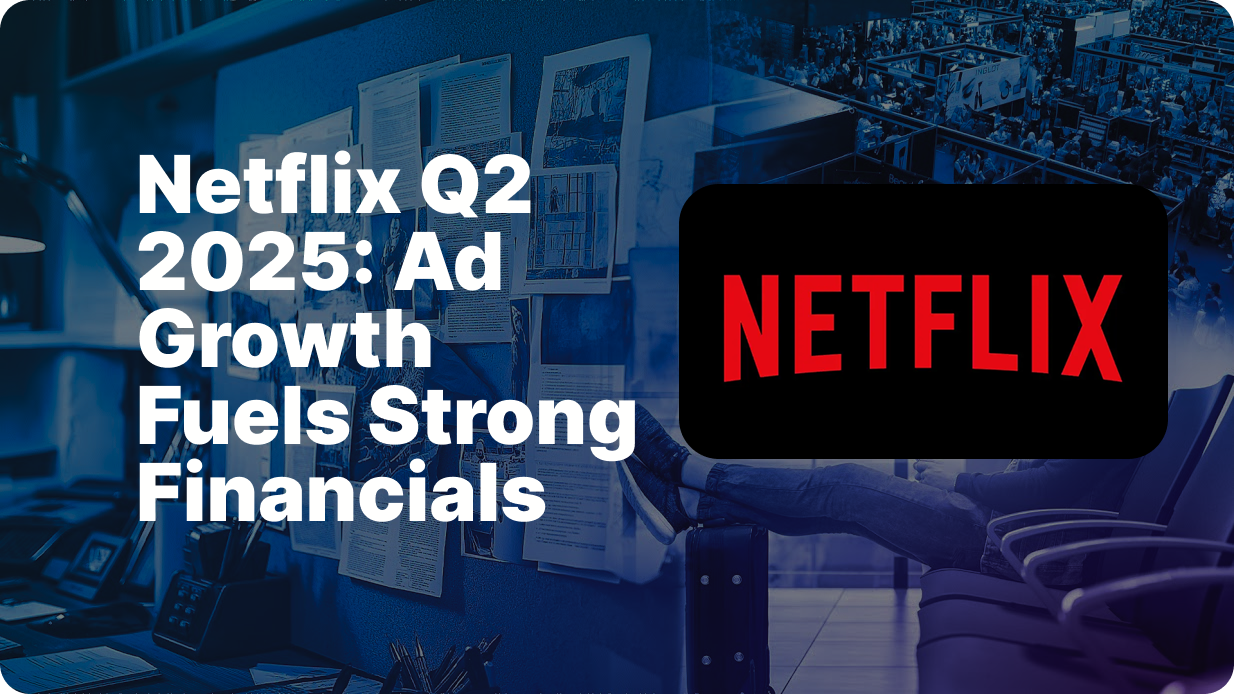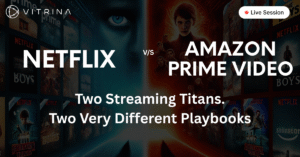Netflix has once again delivered a strong performance, reporting impressive second-quarter 2025 earnings that surpassed both Wall Street and its own projections. In a strategic move reflecting its evolving business priorities, the streaming giant’s latest report arrived without the once-standard subscriber figures, instead spotlighting robust financials and user engagement data.
For the April-June quarter, Netflix announced diluted earnings per share (EPS) of $7.19 on a remarkable $11.08 billion in revenue. This significantly outstripped LSEG Data & Analytics’ forecast of $7.08 EPS on $11.07 billion revenue. Even more impressively, this revenue figure represents a 16% leap from last year, showcasing consistent growth. The company’s operating margin also stood strong at 34.1%.
This stellar performance wasn’t just a win against analyst expectations; it also comfortably exceeded Netflix’s internal projections. The company had anticipated 15% revenue growth, $7.03 EPS, and an operating margin of 33%.
The Recipe for Success: More Members, Smarter Pricing, and Ad Momentum
Netflix attributed its robust sales growth to a powerful combination of factors: “primarily a function of more members, higher subscription pricing, and increased ad revenue.” The company highlighted that “all regions experienced healthy year-over-year revenue growth,” with a notable acceleration in the United States and Canada. Revenue in this key market surged by 15%, a significant increase from the 9% jump seen in Q1, largely due to the full quarterly impact of recent price adjustments.
Looking Ahead: A Stronger 2025 Forecast
Buoyed by these positive results, Netflix has revised its full-year 2025 revenue forecast upward to a range of $44.8 billion to $45.2 billion. This is a considerable increase from its previous projection of $43.5 billion to $44.5 billion, translating to a projected 15-16% year-over-year growth.
In its letter to shareholders, Netflix explained that “the majority of the increase in our revenue forecast reflects the recent depreciation of the US dollar vs. most other currencies, with the balance attributable to continued business momentum driven by solid member growth and ad sales.”
Advertising Takes Center Stage
A key area of focus for Netflix continues to be its burgeoning advertising business. The company confirmed that its “US upfront is nearly complete,” having successfully closed the “vast majority of our deals with the major agencies.” While specific figures weren’t disclosed, Netflix expressed satisfaction, stating, “We’re pleased with the results which are consistent with our goal to roughly double ads revenue this year.” Advertisers are reportedly enthusiastic about Netflix’s expanding reach, the successful deployment of its ad tech stack, and its exciting upcoming programming slate.
Shifting Focus: Engagement Over Subscriber Counts
As previously announced, Netflix’s Q2 earnings report marked another quarter without an updated subscriber count. The company officially stopped regularly disclosing this metric in Q1, signaling a strategic shift to emphasize financial performance and user engagement as key indicators of its health and growth. This move aligns Netflix more closely with other major tech and content companies that prioritize broader financial metrics.
Q3 Outlook: Continued Growth Expected
Looking ahead to the third quarter, Netflix is forecasting revenue of $11.5 billion, representing a strong 17% increase from Q3 2024. This growth is anticipated to be “driven by growth in members, pricing and advertising revenue.” The company also projects an operating margin of 31% for Q3, a two-point improvement year-over-year. Netflix noted that, similar to previous years, its operating margin in the second half of 2025 is expected to be lower than the first half due to increased content amortization and sales and marketing costs associated with a larger content slate.
In summary, Netflix’s Q2 2025 earnings paint a picture of a company confidently navigating the evolving streaming landscape, prioritizing robust financial growth, and strategically leveraging its expanding ad business and deep engagement with its global audience.

































